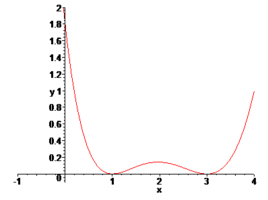AhmedAlmosuli
New member
- Joined
- Feb 16, 2023
- Messages
- 22
Hi Ahmend. The answer is not E.Why the answer is E?

Considering how often your book is wrong, you should change your questions from "Why is the answer E?" to "Please confirm that the book is wrong in saying the answer is E".
The values that x can take, sorry I forgot to translate thatConsidering how often your book is wrong, you should change your questions from "Why is the answer E?" to "Please confirm that the book is wrong in saying the answer is E".
It's clear that you do better than the authors (or whoever writes the answers), so you should assume you are right.
I'm curious, though. Can you tell us exactly what "ÇK(SS)" means?
That's what I assumed; what I'm curious about is the notation. Does SS have a particular meaning, for example? Is ÇK the abbreviation of your word for "domain" or something?The values that x can take, sorry I forgot to translate that
Hi. Variable x can take any value other than -5. Instead, I would expect that the exercise asks for the solution set (i.e., the set of x-values that produce a true statement).values that x can take
I presume you mean "the values that x can take ... to make the inequality true"; and it's possible that SS means "solution set", if there is any English involved here. (I don't know why I used the word "domain" in my response, unless I was misdirected by your wording.)The values that x can take, sorry I forgot to translate that
Ah, yes. Haven't seen that noted, but I like it.the double circles mean that there is a double zero … That could be a nice idea.
I use Ø.I use a different symbol to represent a zero in the denominator … such as "u"
